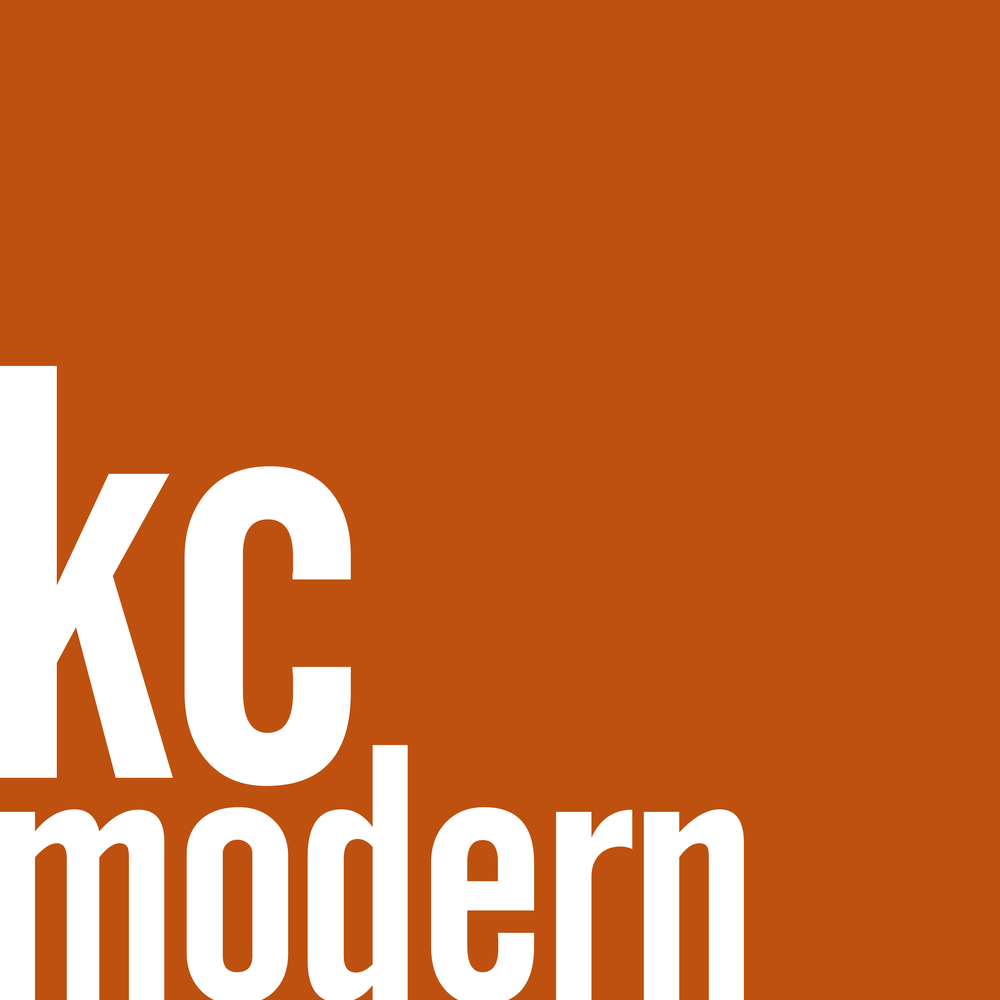
In 1951 Francie Drummond returned from a trip to San Francisco CA. She had seen houses built by, and met, a successful Bay Area home builder named Earl Smith. She liked the way his new house plan functioned. He developed subdivisions and built many homes. Due to the flat roofs on his many houses he was nicknamed "Flat Top" Smith. Joe Eichler, another Bay Area builder/developer started his Sunnyvale Development with house plans obtained from Smith. Here are vintage photos of Smith's model and floor plan, courtesy of Robert. (click on image to enlarge)


Francie returned home with the plans and Don built the house almost identical to Smith's, only changing; sizes of specific spaces for buyers needs, siding types, using Reynolds Aluminum windows, offering smaller patios, landscaping by Stuart Mertz and Associates (out of St. Louis MO) and per Don "engineering the house to take ten feet of snow". He liked this plan because of it's sense of structure and lovingly called them "Flatties". He built one to "model" and sold more than he had lots...quickly fixing that with J.C. Nichols, he still had to deal with the concern for flat roofs and FHA Financing issues. The house below is one of the best preserved of all the "Flatties". So much of the original classic 1950's landscaping has "grown out" and wasn't replaced...the crab trees,tulip trees and junipers softened the edges...

Drummond built culdesacs of his "Flatties" at 71st Terrace and Mission, now demolished for a Care Center, but that's another story, and 75th and Ash...the west side of the street demolished for additional daycare space for the adjacent church and a fire wiping out another on the east side of the street. There are a few on Rosewood also.

This one sports shutters and a bay window with leaded glass and converted garage, an 80's redo, note the "Flattie" behind and to the left with yellow trim... the photo below has trees that obscure the breaks in the facade but reveals the vinyl siding and replacement windows.

Don said "once I put tops on, I sold more" , meaning I guess, he got extra mileage out of the plan by putting hip roofs on the houses. Today many of these houses are considered "old" looking, but in their day and with appreciative owners today, they can look pretty cool and still provide a great sense of space and economy. The house below was redone in the late 1970's by altering the entry and adding a front deck and sliding doors where the "picture" window was, still looking nice today... Interesting to note, this was the first house that connected Don to Eichler and later led to both their work with Case Study architects Jones and Emmons from California...

 Do you remember this little gem of a building? I stopped by about a year and a half ago, wondering if the building would be impacted by the city's upcoming flood control plan. I met the staff working there and they assured me the owner of the building said it was safe and not threatened. Well...the building was razed two weeks ago...a friend asked if I had noticed it was torn down...
Do you remember this little gem of a building? I stopped by about a year and a half ago, wondering if the building would be impacted by the city's upcoming flood control plan. I met the staff working there and they assured me the owner of the building said it was safe and not threatened. Well...the building was razed two weeks ago...a friend asked if I had noticed it was torn down...
 Above and below- Great views of the building straddling the creek, probably couldn't build it today! The creek takes a hard turn to the north behind the building.
Above and below- Great views of the building straddling the creek, probably couldn't build it today! The creek takes a hard turn to the north behind the building.
 I drove by and this is what I found...this was a cool building completed in 1965 as a Credit Union for Shawnee Mission School Teachers and designed by an educated hand... with the massing of the entry/foyer and the scale of the span over the creek. The employees didn't know the architect or builder names. Another example of mid-century modern architecture being the most at risk for demolition. The city of Mission, Ks. has seen a few MCM buildings demolished in the last few years...Mission Center and the "Circle" building to name a couple.
I drove by and this is what I found...this was a cool building completed in 1965 as a Credit Union for Shawnee Mission School Teachers and designed by an educated hand... with the massing of the entry/foyer and the scale of the span over the creek. The employees didn't know the architect or builder names. Another example of mid-century modern architecture being the most at risk for demolition. The city of Mission, Ks. has seen a few MCM buildings demolished in the last few years...Mission Center and the "Circle" building to name a couple.

















